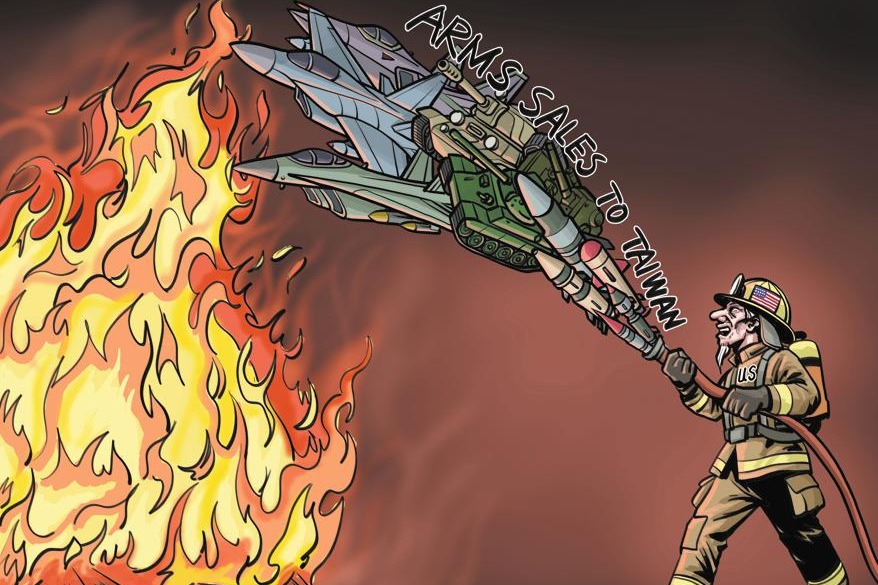Low-altitude economy takes off in Shandong
By ZHAO RUIXUE in Rizhao, Shandong | China Daily | Updated: 2024-11-22 09:38
Zhang Xinyi, a resident of Rizhao, Shandong province, recently discovered a new perspective on her city as she took a helicopter tour, experiencing low-altitude flight and enjoying a bird's-eye view of the coastal city.
"From the sky, the mountains look like graceful curves, and the sea sparkles like a diamond set in the Earth, presenting a different view," Zhang said.
Her helicopter tour is part of a pilot project in Rizhao aimed at developing the city's low-altitude economy. This initiative seeks to integrate general aviation with consumer activities, fostering new business models in the low-altitude sector.
Policies supporting the low-altitude economy have been introduced at both national and local levels recently, underscoring the industry's vast potential and promising future.
On Nov 5, the transportation bureau of Shenzhen, Guangdong province sought public opinion on measures to support high-quality development of the low-altitude economy in the city. The draft proposes various subsidies, including support for low-altitude economy enterprises, certification of eVTOL, or electric vertical takeoff and landing, and unmanned aerial vehicles, expansion of the low-altitude logistics market, opening of short-haul general aviation routes and construction of low-altitude infrastructure.
Similarly, the Shandong provincial government released a three-year plan for the low-altitude economy that aims to establish a provincial comprehensive flight service station and over three city-level low-altitude flight management service platforms by 2027.
It also includes building 35 general aviation airports and opening at least 50 intra-city and 20 inter-city drone logistics routes.
The province designated the low-altitude economy industrial cluster of Rizhao as a provincial strategic emerging industrial cluster.
"Developing the low-altitude economy is an inevitable trend. It can enhance the efficiency and quality of traditional industries and expand market space," said Zhao Yan, deputy director of the airport economic development zone management committee in Rizhao.
Rizhao has initiated low-altitude applications in public service areas such as agricultural and forestry inspections, as well as safety and environmental monitoring. These applications are gradually expanding to include aviation manufacturing and maintenance, flight training, drone logistics, as well as emerging fields such as aviation sports, aerial tours and scientific experiments.
The city is enhancing its aviation vocational talent training system, with eight schools offering aviation-related courses to over 2,900 students.
Among the schools, Rizhao Polytechnic has established programs in aircraft maintenance technology, aircraft digital manufacturing technology, general aviation operations and drone application technology. It plans to add programs such as aviation logistics to better support the development of the regional low-altitude economy with intellectual and talent resources, said the polytechnic.
Rizhao has designated 21 low-altitude airspace areas, covering 23,000 square kilometers. Over the past five years, the annual volume of general aviation flights has exceeded 100,000, with more than 30,000 flight hours.
"For the next step, we will continue improving airspace classification and optimizing air management and monitoring," said Yang Xiaodong, deputy director of the commerce bureau of Rizhao.
























